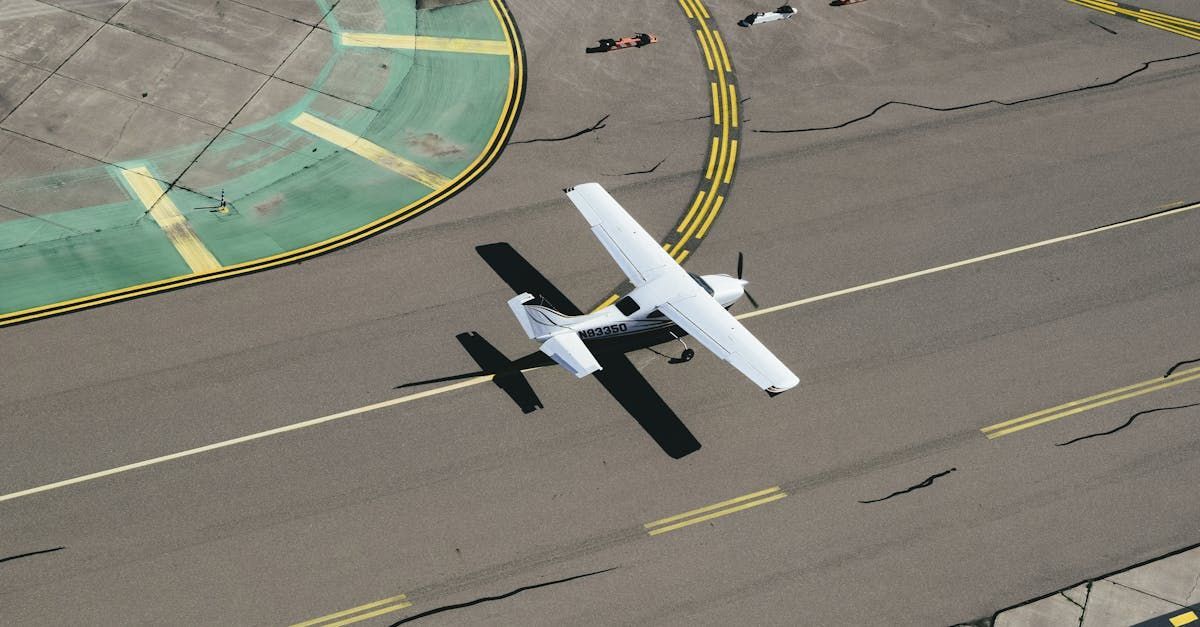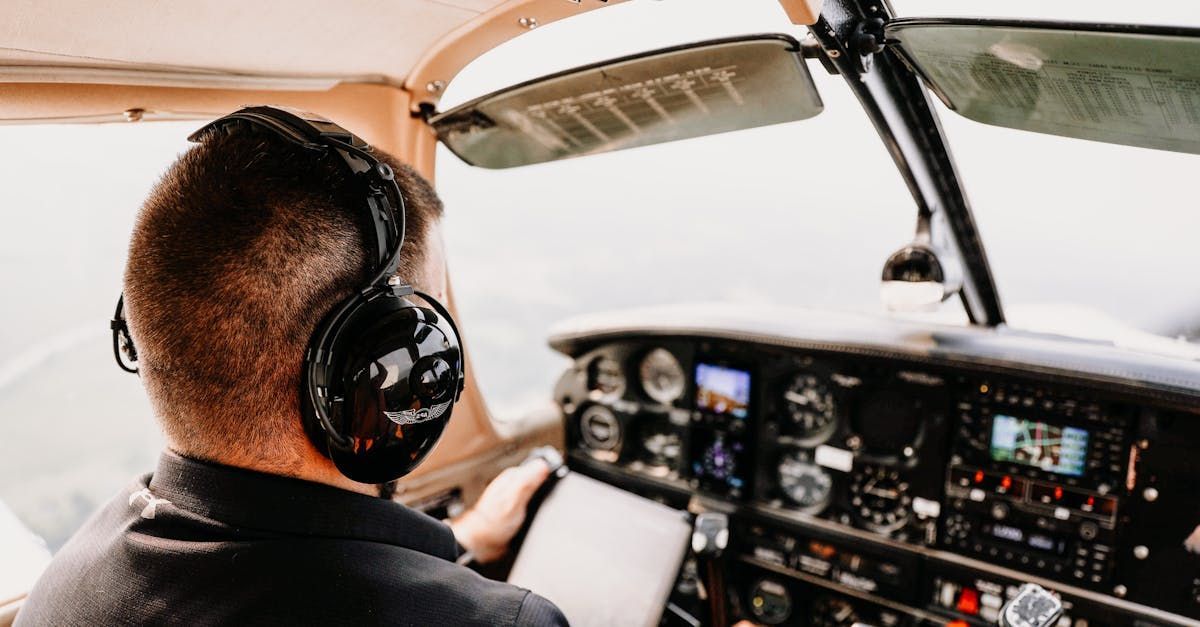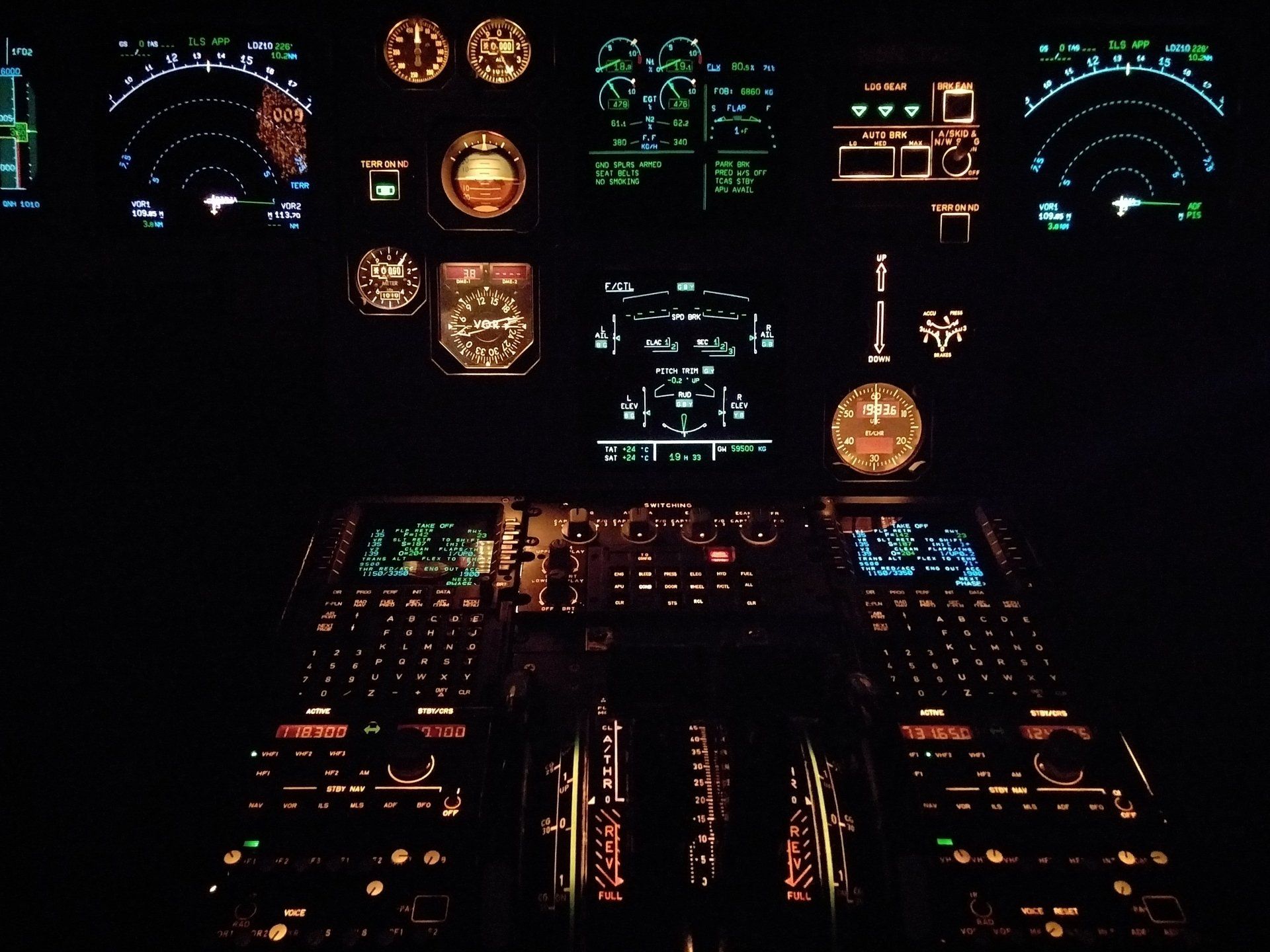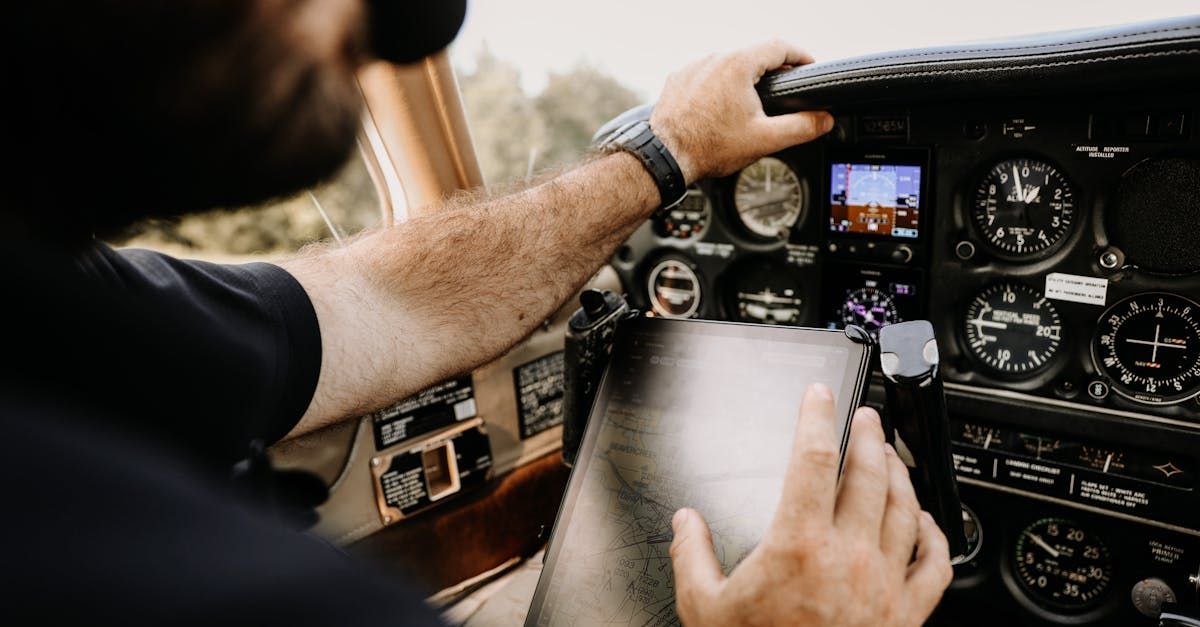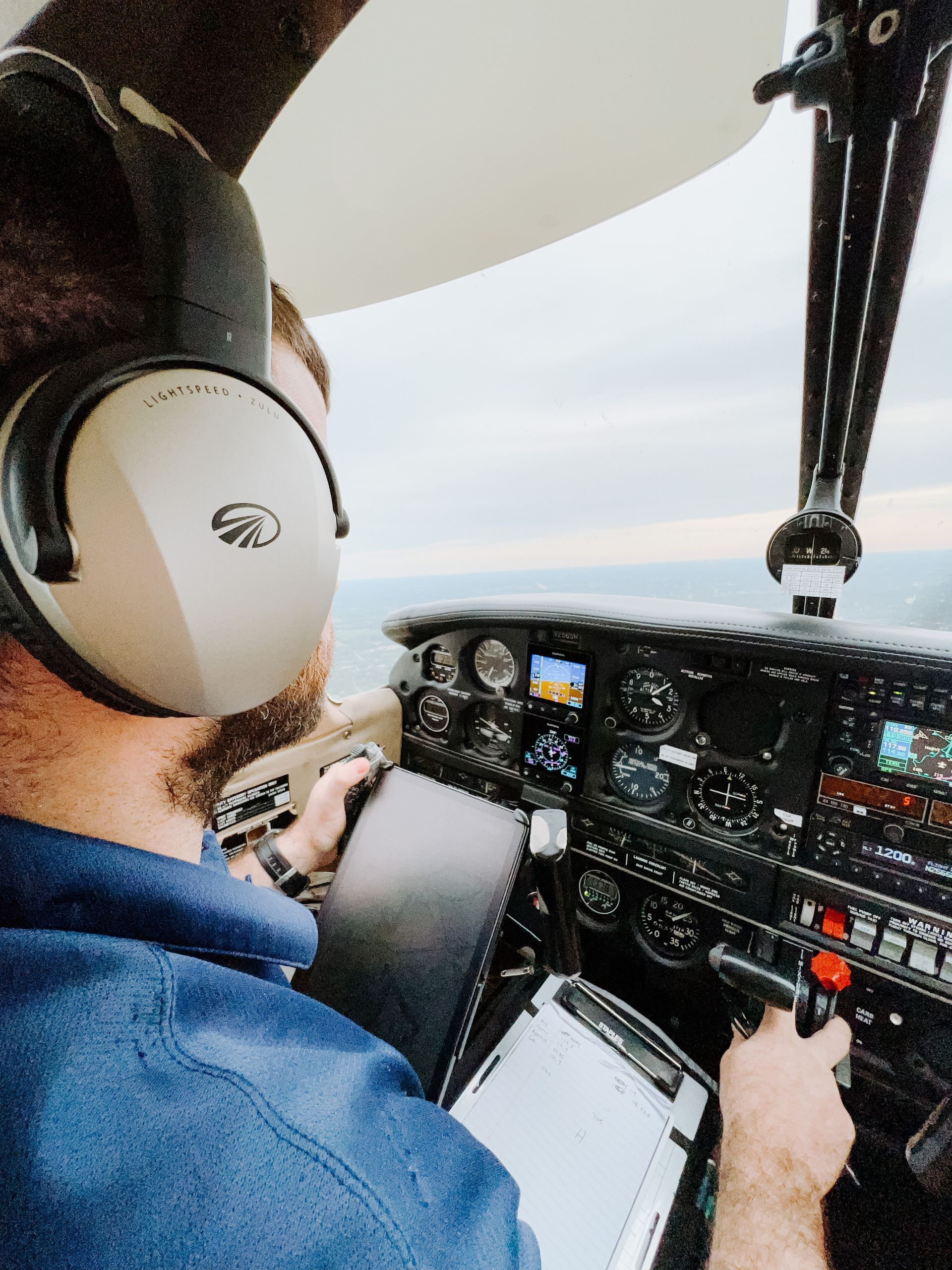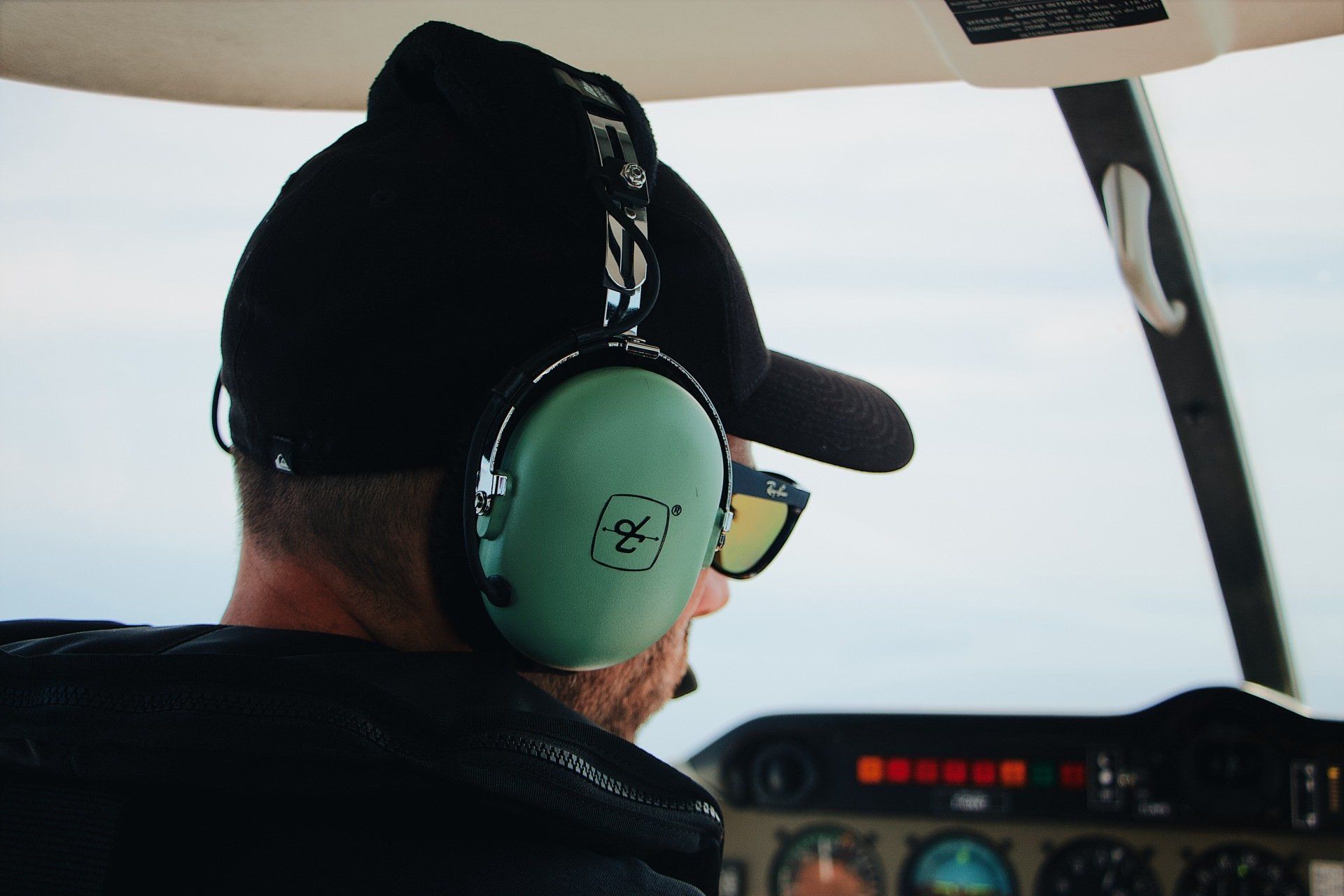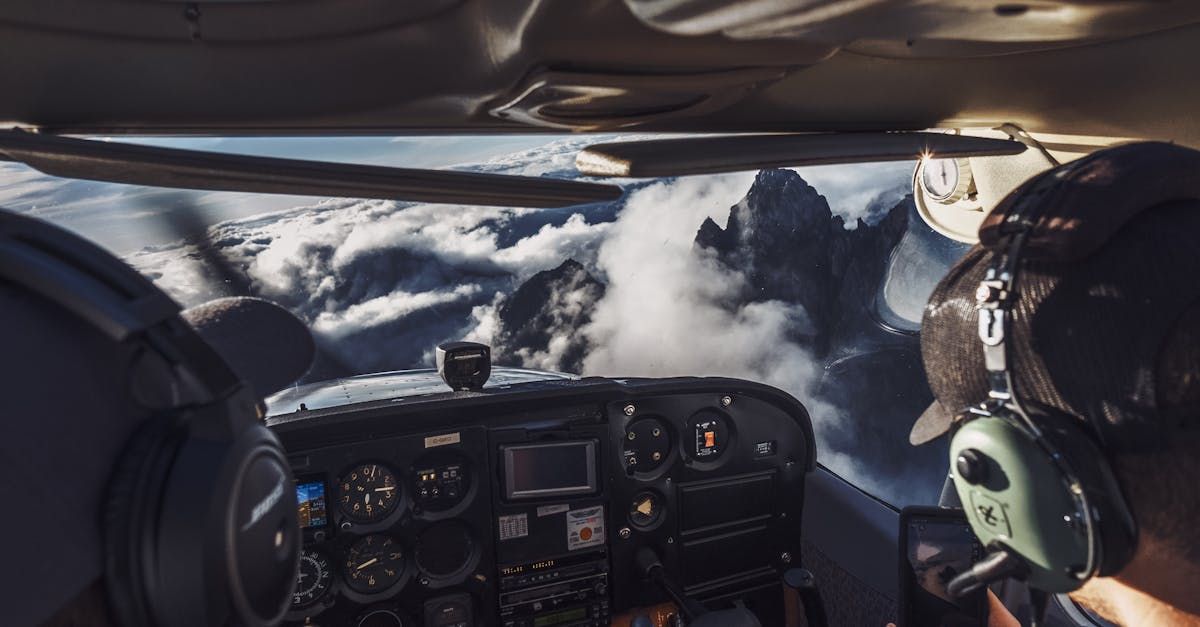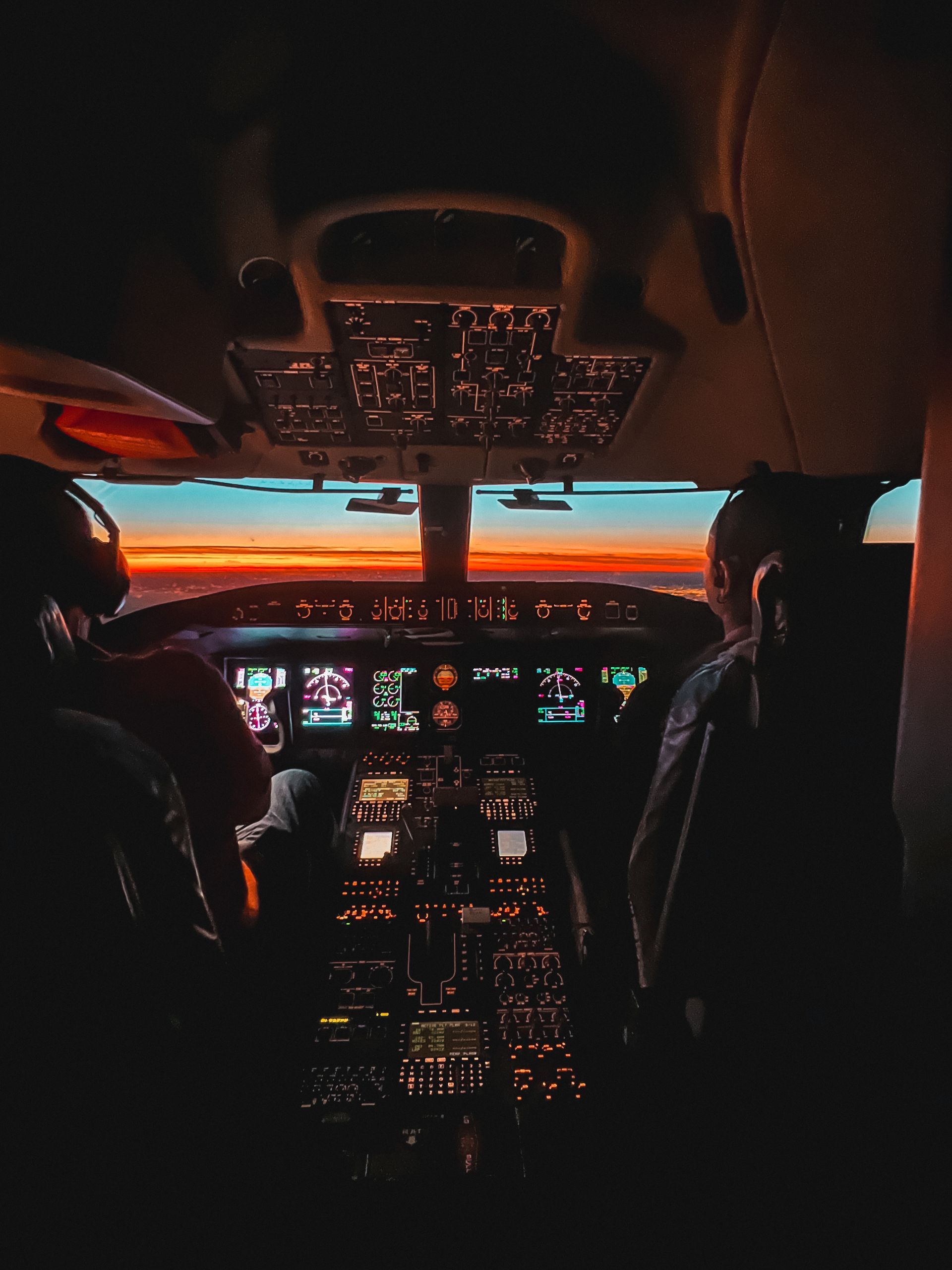The Art of Streamer Cutting
Get ready to (un)roll!
This article has been submitted by DDAC Club Member Rob Brabrook. If you'd like to contribute an article to Slipstream Online, please email your completed article and accompanying photos to DDAC Admin.
First: The ALACs (Australian Light Aircraft Championships)
DDAC is a member club of the RFACA, and some of us think we have a moral obligation to enter a team in the ALACs. There's other Aero Clubs who are involved each year, and DDAC has entered a team at least 7 or 8 times, but not in recent years. If you'd like to get involved and help us put together a team at the nect ALACs, get in touch with DDAC Admin and let them know you're interested in competing.
Now:
Streamer Cutting is important as it is one of the three individual competitions needed to win the Federation Trophy at the ALACs.
A few points to consider before attempting to have your name engraved on the Rob Brabrook Trophy.
- First, prepare the toilet roll (streamer) to ensure that it streams on release from level flight at 4000’ AGL. Gently poke about 8 or 9 inches (20 – 23cm) of the end into the cardboard tube, leaving about 4 inches (10cm) protruding. This will draw out the 8 or 9 inches into the slipstream which will stream the roll. Any more than this and the slipstream may tear it off.
- It will take only 60 to 70 seconds to fall to the lower limit of 1000’ AGL, give or take the odd thermal!
- So, to cut it 4 times in the least time, it is essential to have planned the initial control input to enable 4 cuts in that 60 to 70 seconds.
- After release, it is advisable to wait a few seconds before turning to put yourself on the circumference of the cutting turns. Otherwise, you may find yourself circumnavigating the streamer.
- It is very tempting to aim straight at the streamer but some paper will be drawn into the engine cooling intake and you will soon smell the scorched paper!
- So, do all the cutting with the wing of the aircraft aiming to cut the streamer towards the top as that part o f the streamer will be rolled not a ball by the aircraft turbulence. So, if the cut is towards the bottom, there will only be a small ball of rolled up paper to aim at for the next cut.
- Since the winner of the competition is the pilot who does 4 cuts in the least elapsed time, ensure you stay as close as possible to the streamer as it takes time to come back for another cut.
- Since one cut has to be from the opposite direction, pre-plan the manoeuvre to enable this.
- Remember that disqualification occurs if the utility speed for your aircraft is exceeded.
- Heavy backpressure is needed to do the cutting and I found that after the 2 streamers my arms were aching and I was perspiring! No! The elevator cables will not give way!!
- Being very close to the stalling angle, there is a chance that the aircraft will flip over into a spin in the opposite direction. By the time you recover (assuming you have been taught how) the streamer is lost. This has happened to me on several occasions.
- It is difficult to do 4 cuts in less than 60 seconds and won’t be achieved without practice. So, get to it! And less than 4 cuts equals a nil score!
Happy Flying and enjoy competing!
DDAC Member
Rob Brabrook


